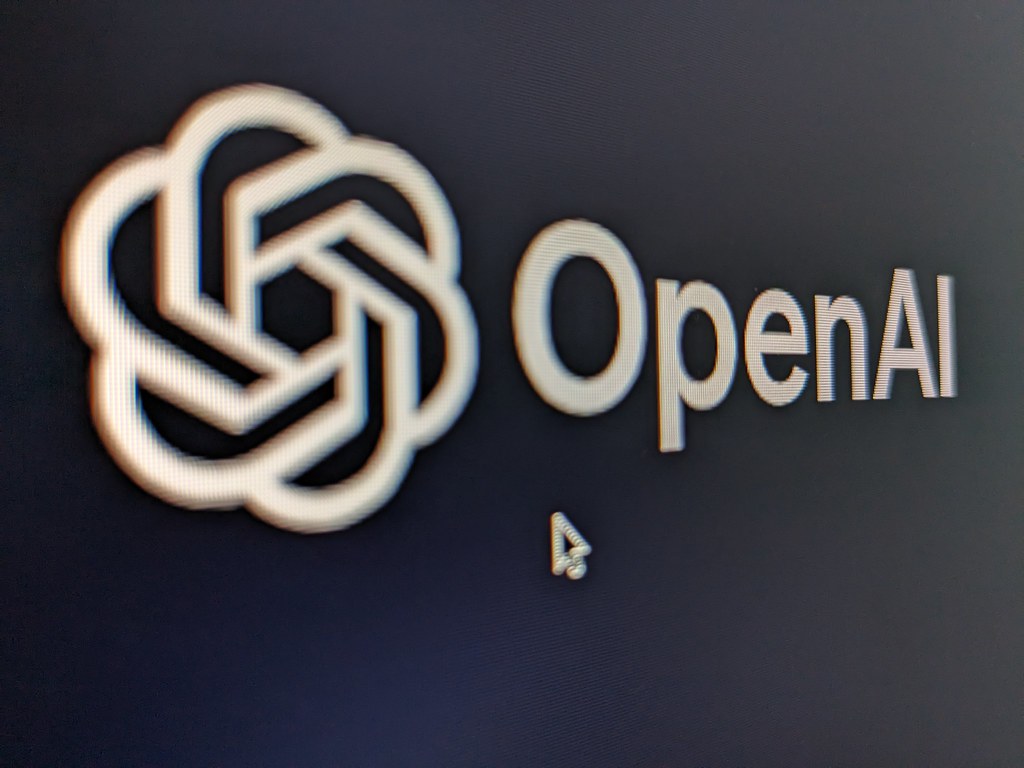That cameo illustrates a larger loophole
Many frontier language models draw on web-scale datasets such as the Common Crawl corpus, a petabyte-scale crawl of publicly accessible web pages that are not excluded by robots.txt. Every paid press release that lands on a high-authority domain effectively buys a lottery ticket to appear in the next model update.
What appears to be democratized access is in fact pay-to-play visibility. Companies — and impostors — that can afford a distribution fee can shape the material that chatbots echo as fact, eroding the line between journalism and promotion.
How Generative AI Swallows Press Releases
Model developers rarely publish full dataset lists, but published research and technical blog posts cite terabytes of open-web text, much of it harvested on a 24-hour cycle. Press-wire sites such as PR Newswire keep robots.txt files open to legitimate crawlers, publish around the clock, and mark up headlines with structured metadata. Crawlers therefore ingest their copy quickly.
PR Newswire’s October release touted its archive as a structured, machine-readable resource for AI discovery. That pitch is attractive to engineers seeking labeled, uniformly formatted text. Yet structure does not equal reliability; the archive includes everything from quarterly earnings to thinly sourced crypto token claims.
Because training pipelines seldom apply editorial filters after scraping, the moment a release is captured it gains the same status in the token pool as independent reporting. Unless developers later fine-tune against curated corpora, the model cannot tell marketing from journalism.
The Pay-to-Play Press-Wire Economy
A U.S. wire package can cost a few hundred dollars for local reach or several thousand for global pickup. In search-engine terms, each placement generates a high-authority backlink; in model-training terms, it multiplies the odds of entering an AI’s memory.
Vendors now market "generative engine optimization" packages promising chatbot visibility. In Apr 2025, GlobeNewswire carried an iCrowdNewswire pitch for “AI distribution channels” that explicitly target ChatGPT, Gemini and other generative-AI platforms. Five months later, Sellm and Zeta Global announced similar generative-engine-optimization toolkits in separate press releases.
The sales language echoes early search-engine-optimization hype: buy distribution, secure top-of-page answers, monitor rank. Only the gatekeeper has changed from Google’s crawler to the embedding layer of a chatbot.
The implication is stark: credibility, once earned through editorial standards, can now be purchased through distribution contracts designed for machine consumption.
When LLMs Treat Marketing as Journalism
Academic work backs up the risk. The HALoGEN benchmark, released Jan 2025, posed 10,923 prompts across nine domains and found hallucination rates as high as 86 percent of generated facts in some settings. Larger models did not eliminate the issue and, in some domains, still produced substantial hallucinations.
Earlier research on biased-news generation found that publicly available language models could reliably craft fluent partisan stories that look like conventional news to readers. As model scale rises, so does the surface area for unverified prose that sounds authoritative.
AI experts interviewed by LiveScience in Jun 2025 described a paradox: newer, more capable models sometimes hallucinate more often than earlier versions. Promotional copy written to mimic newsroom style sails through automated quality gates.
Real-World Threat Vectors
Financial markets supply an early cautionary tale. In Aug 2000 a fake press release wiped more than half the value of Emulex stock before the hoax was exposed, according to Wired. LLMs magnify the same risk by propagating such text instantaneously.
Two decades later, the U.S. Securities and Exchange Commission charged two investment advisers with making false and misleading statements about their use of artificial intelligence in marketing materials. Those claims appeared in the same public-facing materials that data providers – and, increasingly, AI crawlers – index.
National-security officials voice parallel concerns. Reuters reported in Oct 2024 that U.S. policymakers warned AI-generated propaganda could make countries vulnerable to coercion. A paid press-wire campaign offers a ready delivery channel: content looks official, syndicates broadly, and lands in public datasets.
Because chatbots present answers as single paragraphs rather than link lists, users may never see that a cited line originated from a sponsored release.
The Looming GEO Arms Race
Consultancy Gartner predicted in Feb 2024 that search-engine query volume could fall by 25 percent by 2026 as users shift to AI chatbots and virtual agents. Fewer clicks raise the strategic value of any text that a model echoes uncritically.
Agencies are already bundling copywriting, metadata tuning, and dashboard analytics into fixed-price GEO retainers. Early adopters boast that they "own" model answers for niche keywords, signaling a feedback loop: paid copy seeds the AI and then becomes the metric of success.
As more actors chase the same answer box, incentives tilt toward volume over verification. The result resembles the keyword-stuffed blog era of search — only now the collateral damage is epistemic rather than merely aesthetic.
Mitigation — Technical, Regulatory, Human
Technical fixes begin with provenance. Retrieval-augmented systems can restrict grounding documents to vetted corpora and attach cryptographic signatures that auditors can trace back to the first crawl.
Model builders are also experimenting with multi-agent verification pipelines. One agent generates an answer; another checks high-impact claims against trusted registries. Early papers report measurable drops in hallucinated citations when a specialist rebuttal agent participates.
Regulators hold familiar tools. The SEC can treat deceptive AI claims as material misstatements. The Federal Trade Commission already flags undisclosed endorsements; extending that logic to machine-readable press releases is a modest step.
In Europe, the Digital Services Act obliges large platforms to label automated content and share dataset details with authorities. A similar disclosure rule for training data could surface how much syndicated PR sits inside a given model.
Industry groups propose metadata flags such as the IPTC “paid content” tag so that crawlers can classify releases before training. Adoption remains slow, but a common schema would let AI providers down-weight or exclude sponsored text at ingestion time.
User-facing safeguards help too. Confidence scores, citation previews, and opt-in trusted-source modes let readers judge whether an answer leans heavily on promotional copy.
Conclusion
Press wires were built to help journalists sift corporate claims quickly. Generative AI ingests the same feed without a reporter’s skepticism, turning a convenience layer into a vulnerability.
Unless provenance checkpoints mature fast — at the scraper, the model, and the interface — the world’s most powerful information engines will keep amplifying paid narratives as news. The difference between press release and reporting will be invisible to machines and, by extension, to many of the humans who trust them.
- Common Crawl Foundation. “Overview of the Common Crawl Corpus.” 10 Oct 2025.
- PR Newswire. “PR Newswire Powers the AI Era, Embracing the Future of AI Search and Information Discovery.” 10 Oct 2025.
- iCrowdNewswire. “Launches AI Distribution Channels to Enhance Press Release Discoverability Across Generative-AI Platforms.” 29 Apr 2025.
- Sellm. “Generative Engine Optimization Platform for ChatGPT Rank Tracking and AI Search Optimization.” 15 Sep 2025.
- Zeta Global. “Announces Generative Engine Optimization Solution to Help Brands Lead in the Post-Search Era.” 17 Sep 2025.
- Ravichander et al. “HALoGEN: Fantastic LLM Hallucinations and Where to Find Them.” arXiv. 12 Jan 2025.
- Gupta et al. “Viable Threat on News Reading: Generating Biased News Using Natural Language Models.” arXiv. 05 Oct 2020.
- Moore-Colyer, R. “AI Hallucinates More Frequently as It Gets More Advanced.” LiveScience. 21 Jun 2025.
- Bloomberg, J. “Emulex Stock Tanks After Hoax.” Wired. 25 Aug 2000.
- U.S. SEC. “SEC Charges Two Investment Advisers with Making False and Misleading Statements About Their Use of Artificial Intelligence.” 18 Mar 2024.
- Alper, A. “US Concerned About China’s Use of AI, Says It Could Make Countries Vulnerable.” Reuters. 24 Oct 2024.
- Gartner. “Search Engine Volume Will Drop 25 Percent by 2026 Due to AI Chatbots and Other Virtual Agents.” 19 Feb 2024.




